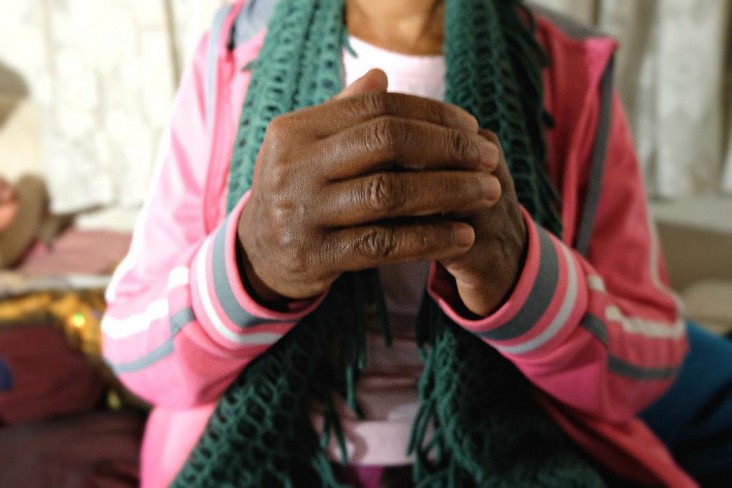- What We Do
- Agriculture and Food Security
- Democracy, Human Rights and Governance
- Economic Growth and Trade
- Education
- Environment and Global Climate Change
- Gender Equality and Women's Empowerment
- Global Health
- Humanitarian Assistance
- Transformation at USAID
- Water and Sanitation
- Working in Crises and Conflict
- U.S. Global Development Lab
Speeches Shim

The Global Burden of HIV among Key Populations
Key populations are people who inject drugs, men who have sex with men, transgender persons, sex workers and prisoners. Around the world, key populations face much higher rates of HIV and AIDS than the general population and are most at risk for contracting HIV. UNAIDS estimates that between 40 percent to 50 percent of all new HIV infections may occur between individuals in key populations and their immediate partner. Underreporting is common within key populations due to fears of stigma, backlash and discrimination.
Key populations are often extremely difficult to reach for critical testing, care and treatment services. Globally, rates of key populations accessing safe, effective and quality HIV and AIDS services are extremely low, while stigma and discrimination, including gender-based violence, are high. Significant barriers, such as police harassment, societal discrimination and insufficient community-based capacity, prevent key populations from accessing the services they need.
The U.S Agency for International Development's (USAID's) Office of HIV/AIDS works to improve the implementation and scale-up of comprehensive HIV and AIDS prevention and treatment services specifically for key populations. USAID, under the U.S. President's Emergency Plan for AIDS Relief (PEPFAR), strongly supports rights-based approaches for key populations that can improve access to quality health care through programs such as LINKAGES, the first key population-specific USAID-funded project for HIV services. Without these key population-focused services, the vision of a world free from HIV and AIDS cannot be achieved.
Supporting a Comprehensive Package of Services
USAID supports HIV and AIDS research, policy, prevention, care and treatment services for key populations at the country, regional and global levels. USAID has developed a comprehensive package of services and approaches for key populations through a range of early interventions in Africa, Asia, Central Asia, Eastern Europe and Latin America and the Caribbean. The comprehensive package comes from evidence-based guidelines designed to ensure that national public health officials, managers of HIV and sexually transmitted infection programs, key population communities and health workers have standards from which to tailor their local responses. And in an effort to achieve maximum impact, it also ensures other donors, including the Global Fund to Fight AIDS, Tuberculosis and Malaria, offer complementary support.
Key Components of a Comprehensive Package of Services:
- Engaging key population-led organizations and leaders in the design, development, implementation and evaluation of effective programming
- Identifying target populations and locales and comprehensively assessing risk and service access
- Diagnosing HIV service gaps and identifying barriers to HIV services
- Scaling up successful approaches
- Innovating to ensure the most strategic use of resources and access to newly emerging technologies
- Addressing structural barriers that limit access to services
- Ensuring key populations interventions are sustainable over the long term
Additional Resources
- Mitigating Stigma in HIV Services for Key Populations in Senegal
- LINKAGES Project Page
- TRANSIT: Implementing Comprehensive HIV Prevention Programmes with Transgender People
- MSMIT: Implementing Comprehensive HIV and STI Programmes with Men Who Have Sex with Men
- SWIT: Implementing Comprehensive HIV/STI Programmes with Sex Workers: Practical Approaches from Collaborative Interventions
- CLAC Resource Library
- South-to-South Mentoring Toolkit for Key Populations
- PEPFAR Prevention Guidance for HIV and AIDS Programs for Key Populations
- PEPFAR Technical Guidance: Prevention for People Who Inject Drugs [PDF, 138KB]
- PEPFAR Technical Guidance: Prevention for Men Who Have Sex with Men [PDF, 210KB]
- WHO Guidance on Prevention of HIV and Other STIs for Sex workers in Low- and Middle-income Countries

Comment
Make a general inquiry or suggest an improvement.